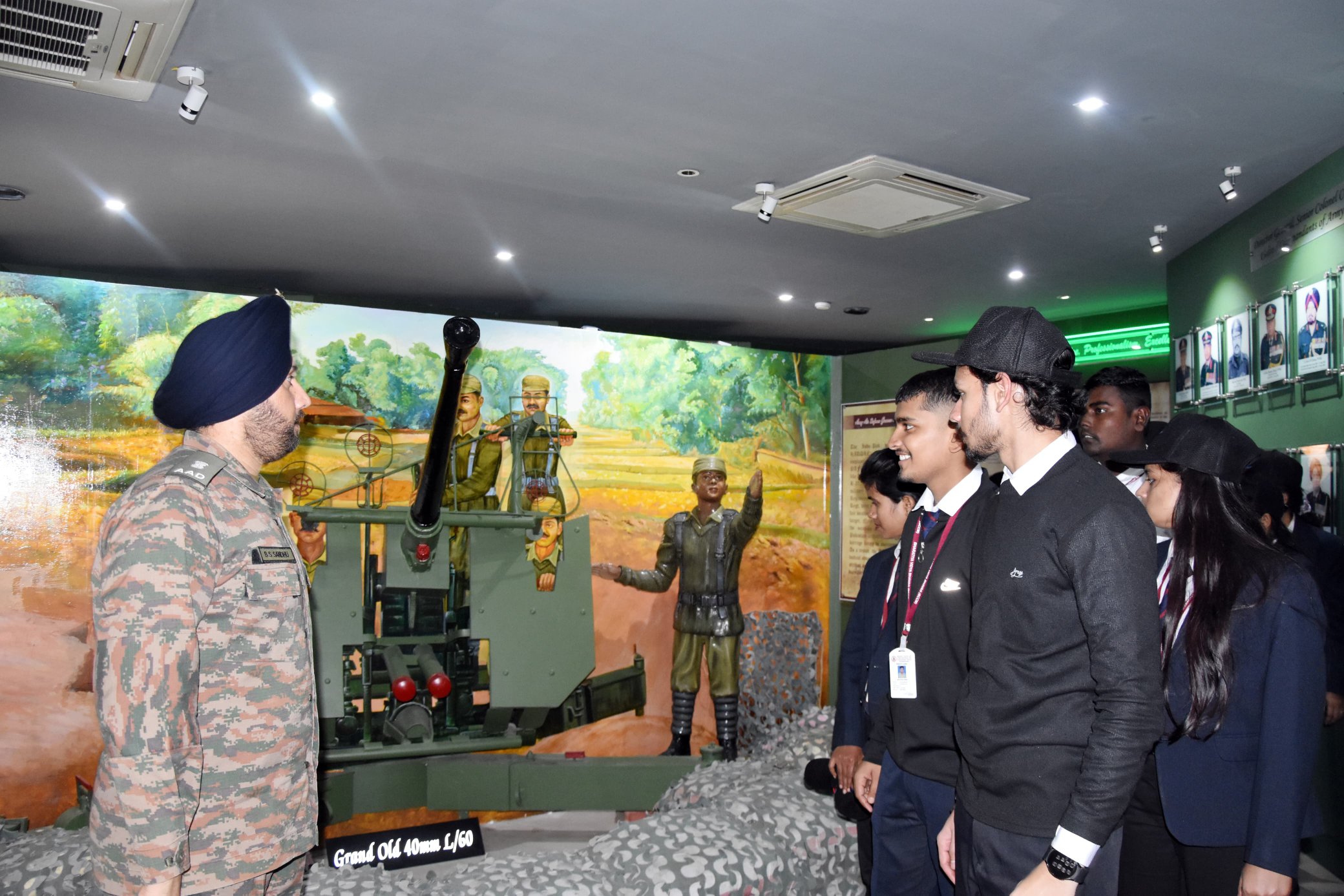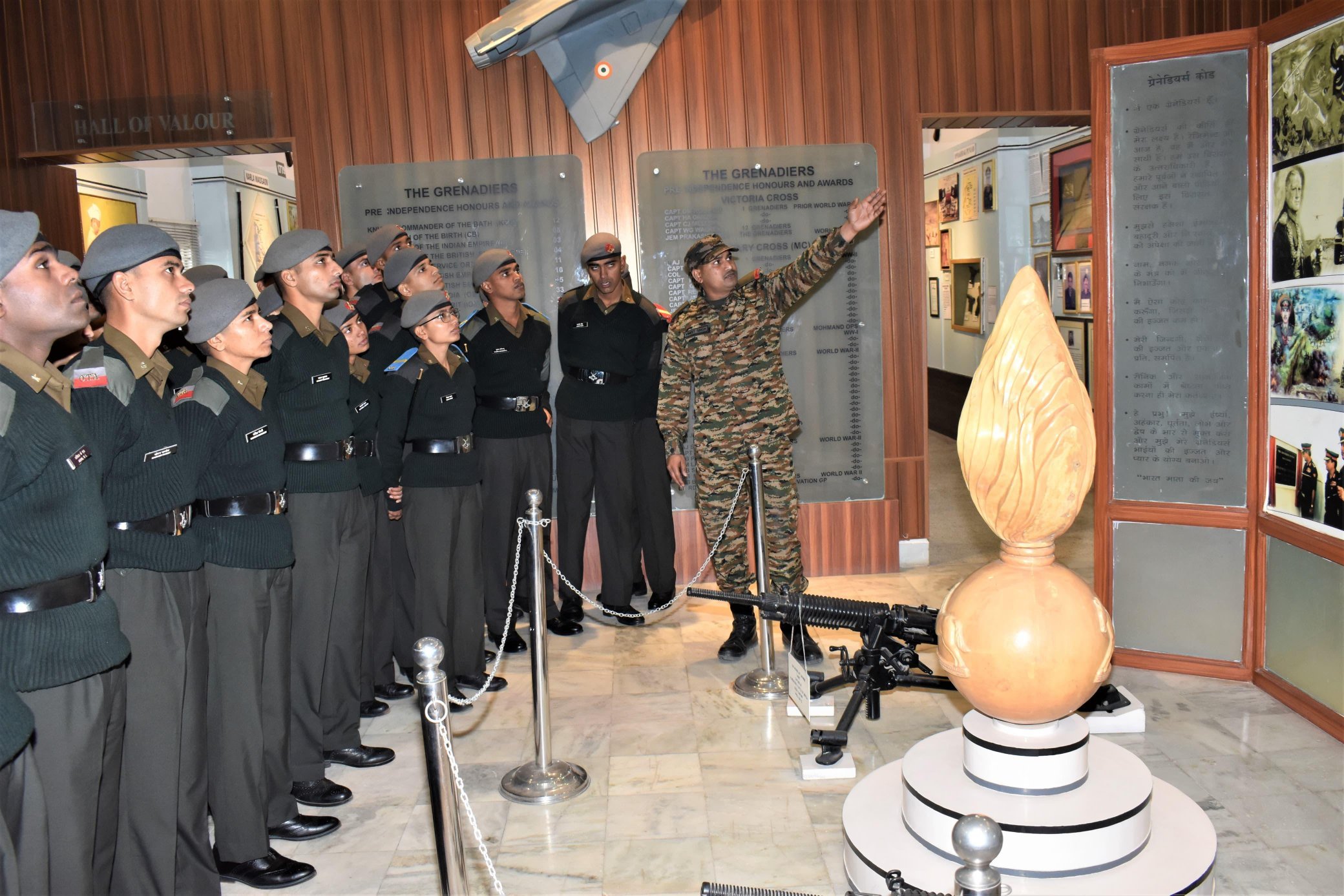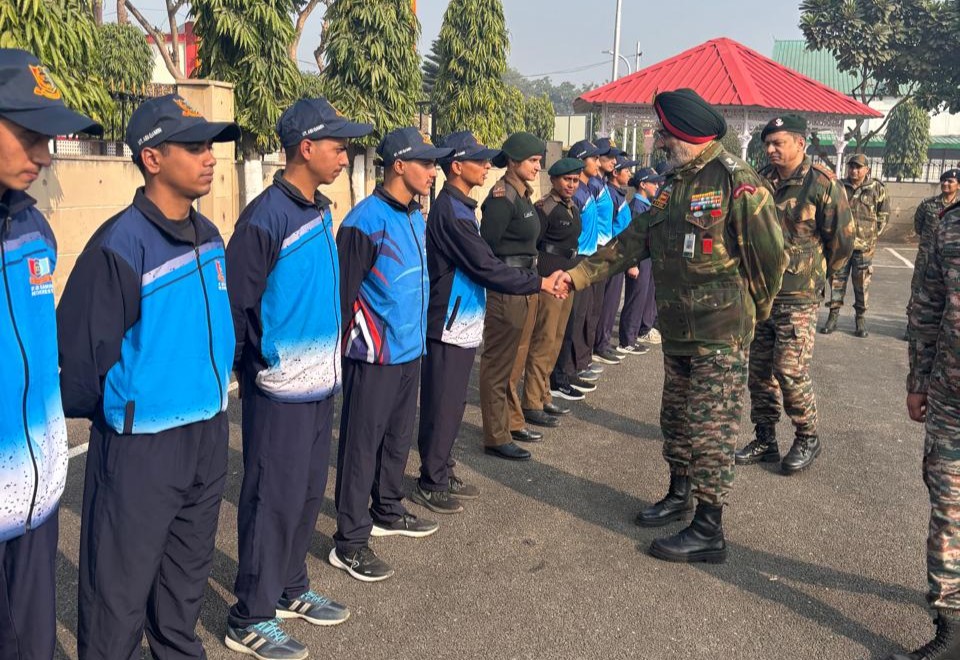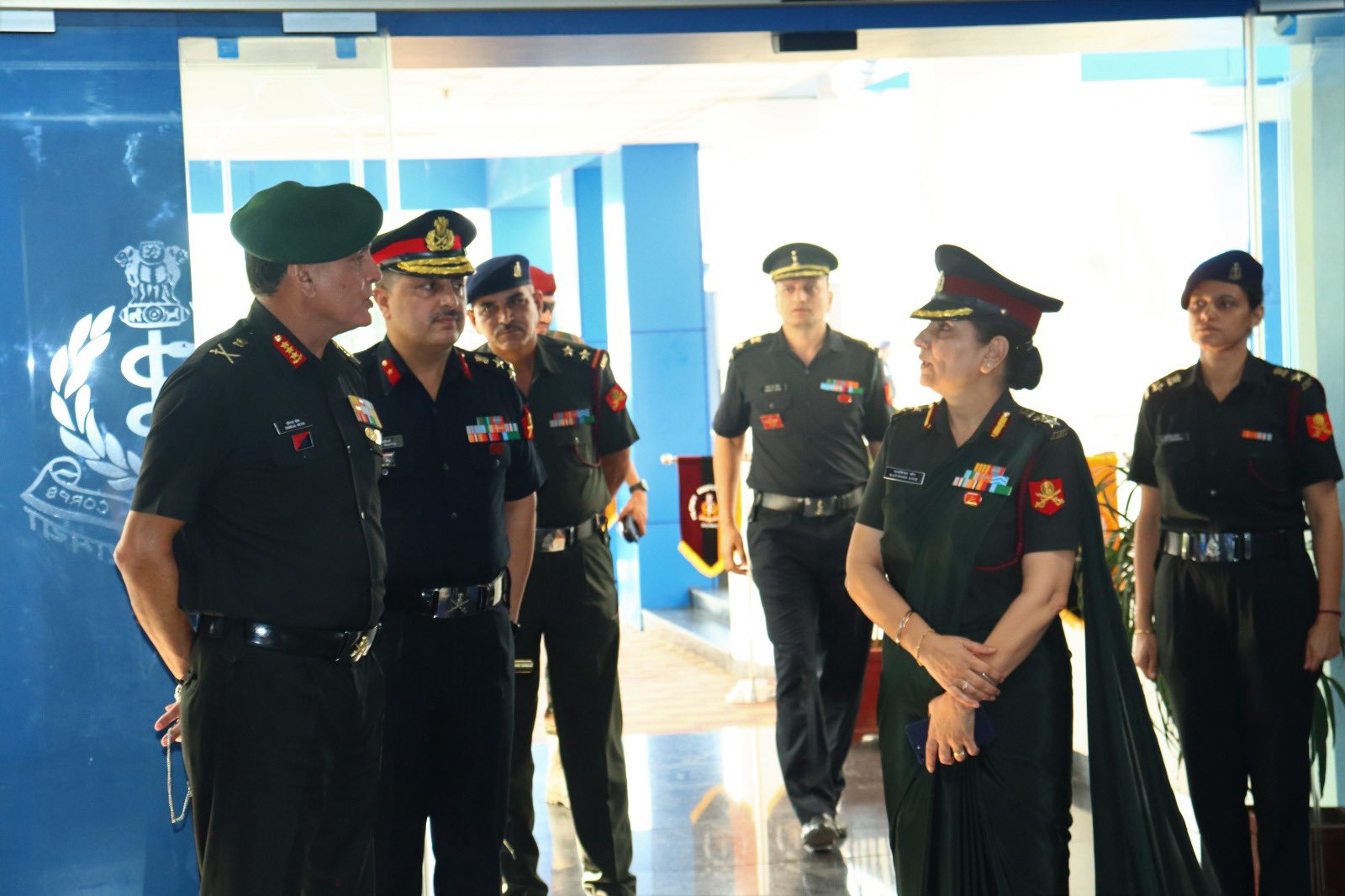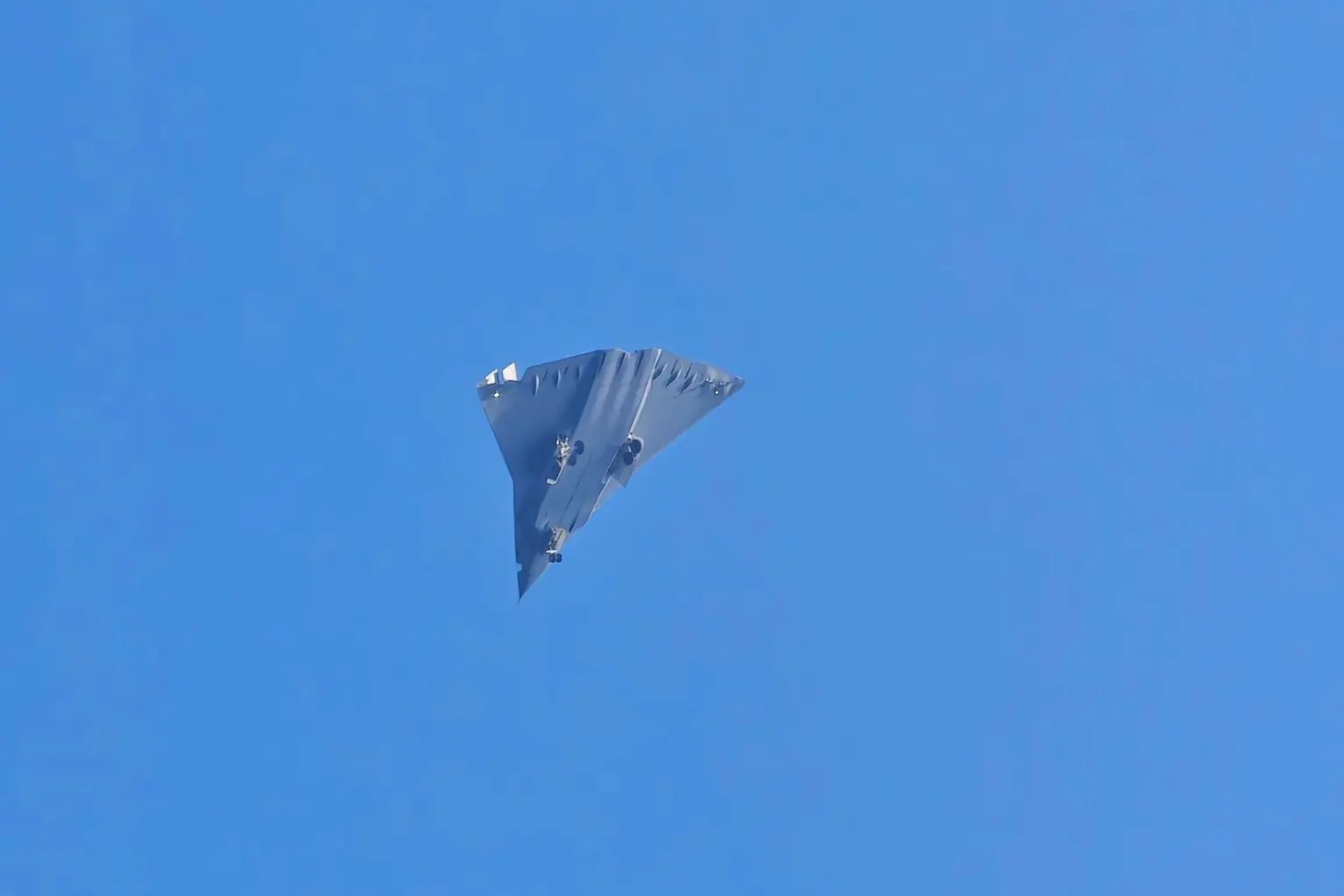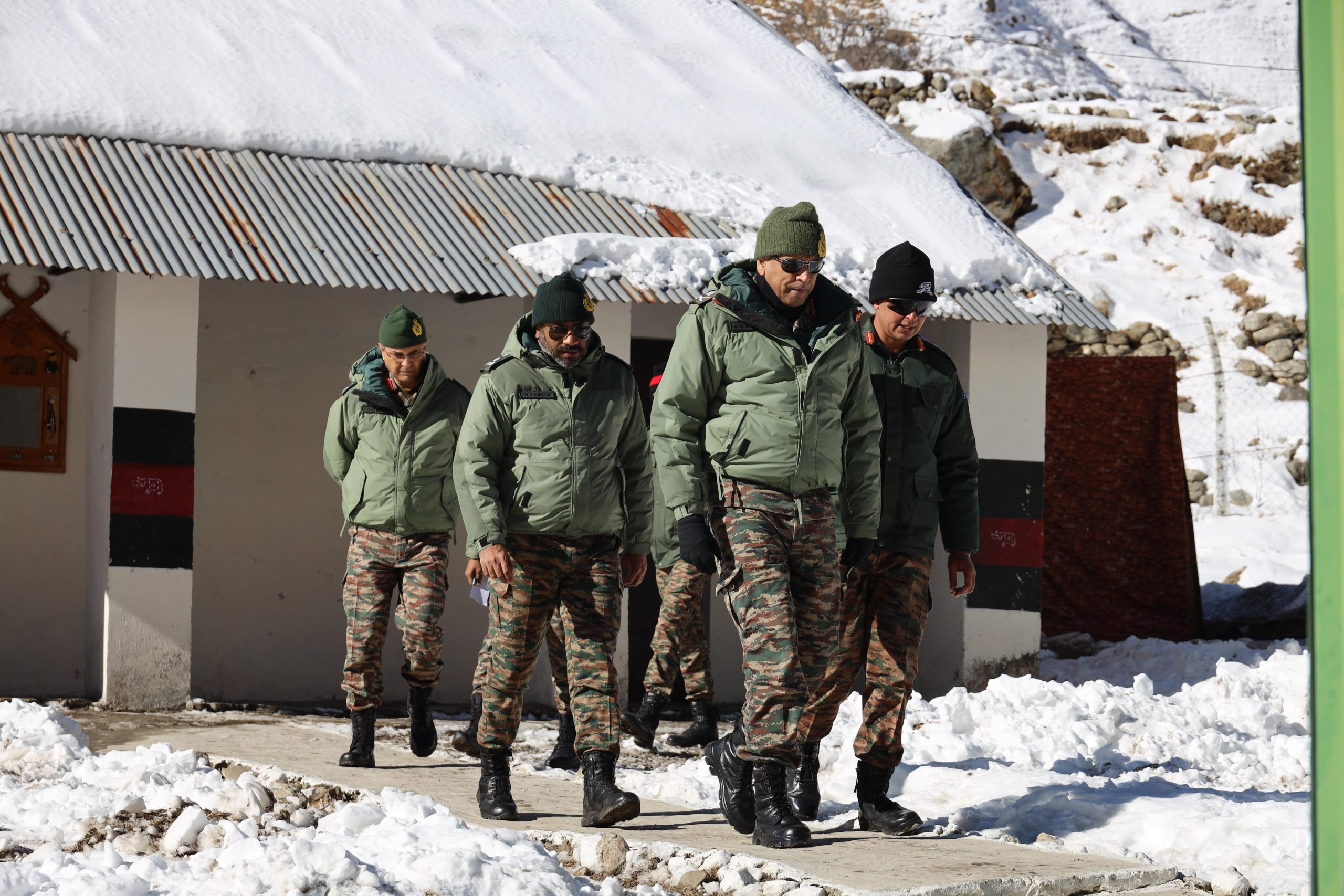Army Air Defence Centre Hosts Bhavan’s Students for ‘Know Your Army’ Initiative
As part of the Indian Army's 'Know Your Army' initiative, the Army Air Defence Centre in Gopalpur opened its doors…
OTA Gaya Cadets Visit Grenadiers Regimental Centre
The Grenadiers Regimental Centre, Jabalpur, had the privilege of hosting 39 Gentlemen Cadets from the SSC(Tech)-62 course, accompanied by their…
Lieutenant General Gurbirpal Singh Encourages NCC Cadets Ahead of Mt. Everest Expedition Training at Siachen Base Camp
Lieutenant General Gurbirpal Singh, the Director General of the National Cadet Corps (NCC) recently interacted with cadets and their team…
Lt Gen Dhiraj Seth Reviews Goa Military Station
Lt Gen Dhiraj Seth, AVSM, Army Commander of Southern Command, conducted a comprehensive visit to the Goa Military Station, focusing…
China’s 6th-Gen Stealth Fighter Takes First Flight: A New Era in Aerial Combat
The recent unveiling of China's sixth-generation stealth fighter marks a significant milestone in the realm of military aviation. This ambitious…
Lt Gen Anindya Sengupta Visits Forward Posts Along LAC in Northern Borders
Lt Gen Anindya Sengupta, General Officer Commanding-in-Chief of Central Command, recently undertook a significant visit to forward posts of the…

